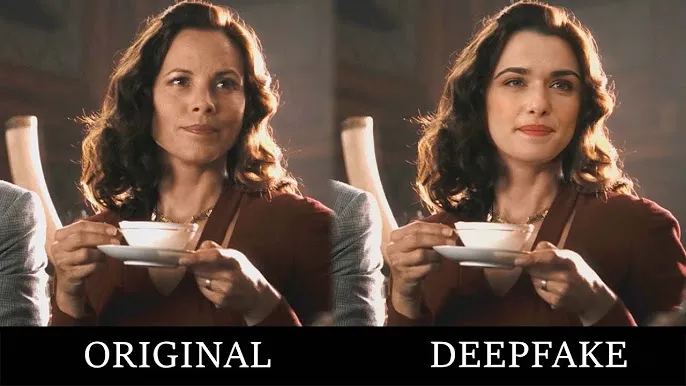Kirsty Alley deepfakes
Kirstie Alley, an American actress known for her roles in Cheers and Look Who's Talking, has unfortunately been the subject of deepfake technology in some cases. Deepfakes are synthetic media created using artificial intelligence (AI) technology in which a person's likeness, voice and mannerisms are superimposed onto someone else's image or digital creation.

- Alexander Reed
- 4 min read

 First, I must make it clear that creating, disseminating, or sharing deepfake content involving anyone is unethical, illegal, and a serious violation of the privacy and publicity rights of others. Therefore, I do not allow the provision or discussion of content related to deepfakes of Kirstie Alley or anyone else.
First, I must make it clear that creating, disseminating, or sharing deepfake content involving anyone is unethical, illegal, and a serious violation of the privacy and publicity rights of others. Therefore, I do not allow the provision or discussion of content related to deepfakes of Kirstie Alley or anyone else.
Deepfake technology is a technology that uses artificial intelligence and machine learning technology to create realistic fake videos and images. This technology can be used for malicious purposes such as spreading false information or invading the privacy of others, posing a serious threat to both individuals and society.
In order to protect personal privacy and portrait rights, we should firmly oppose all forms of deepfake content and actively participate in combating this illegal activity. At the same time, we should also improve our self-protection awareness and not easily disclose personal information and portrait rights to avoid being targeted by criminals face swap video free.
Public figures such as Kirstie Alley also have the right to privacy. We should respect their privacy and portrait rights and not disseminate or share content that infringes on their rights.
We must firmly oppose illegal acts such as deepfakes and jointly safeguard the security and dignity of personal privacy and portrait rights.
Kirstie Alley, an American actress known for her roles in Cheers and Look Who’s Talking, has unfortunately been the subject of deepfake technology in some cases. Deepfakes are synthetic media created using artificial intelligence (AI) technology in which a person’s likeness, voice and mannerisms are superimposed onto someone else’s image or digital creation.
The use of deepfakes, especially on deceased celebrities such as Kirstie Alley, raises serious ethical, legal and emotional issues. While some deepfakes can be used in harmless or artistic ways, they can be more problematic, especially when they are used to create misleading or offensive content.
Here are some things to note about deepfakes about Kirstie Alley or any public figure face swap video free:
- Ethical issues
Use of deceased bodies: Unauthorized use of a deceased person’s likeness for deepfakes could be seen as exploitative, especially if the person is no longer alive and unable to give consent.
Emotional impact on loved ones: Deepfakes of deceased celebrities can be distressing to their family and fans, who may feel that the person’s legacy has been misused or misrepresented.
Legal implications
Right of publicity: Right of publicity: Many US states recognize a “right of publicity” that prevents the use of a person’s image or likeness after their death without their consent. The legal status of posthumous deepfakes varies by jurisdiction, but it is an area of growing concern.
Defamation and disinformation: Deepfakes can also be used to spread false information, where a person’s image is altered to make them say or do things they did not in fact do, which can have legal consequences.
- Technical aspects
- Creating deepfakes: Advances in artificial intelligence have made it relatively easy to create realistic deepfakes, with tools available to amateurs and professionals alike. The technology uses machine learning algorithms, specifically generative adversarial networks (GANs), to generate hyper-realistic videos.
- Detection and countermeasures: Efforts are underway to develop deepfake detection tools, but technology is constantly improving, making it more difficult to distinguish between real and fake content.
- Public opinion and media
Fan and media response: Deepfakes of beloved figures such as Kirstie Alley are both of interest and concern. Fans may be excited to see their favorite actors “back on screen,” but others may see it as inappropriate or disrespectful.
Cultural Impact The use of deepfakes in entertainment is increasing, including the resurrection of celebrities in films and advertisements. However, there is often controversy over the ethics of using the likeness of the deceased without their permission .
Overall, deepfakes involving figures such as Kirsty Alley can be controversial from both a technical and ethical perspective. It is important that creators consider the implications of using deepfake technology, especially when it comes to public figures, and that viewers remain critical of the authenticity of online content.